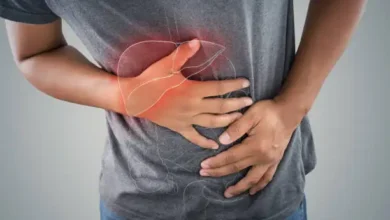Anemia and its Symptoms, Solutions, and Awareness

Anemia and its Symptoms
Anemia and its Symptoms, In the realm of health and well-being, anemia stands as a silent adversary that affects millions worldwide. This condition, characterized by a deficiency in red blood cells or hemoglobin, can have far-reaching consequences for one’s energy levels, cognitive function, and overall quality of life. In this comprehensive exploration, we delve into the intricate web of anemia, unraveling its various facets and shedding light on the telltale signs that often go unnoticed. [1]
The Underlying Culprit: Lack of Iron
At the heart of anemia lies a deficiency in a vital nutrient: iron. Iron plays a pivotal role in the production of hemoglobin, the protein responsible for carrying oxygen to all parts of the body. When the body lacks iron, it struggles to produce an adequate amount of hemoglobin, leading to anemia. The causes of iron deficiency can vary, ranging from dietary insufficiencies to underlying medical conditions that hinder iron absorption. [2]
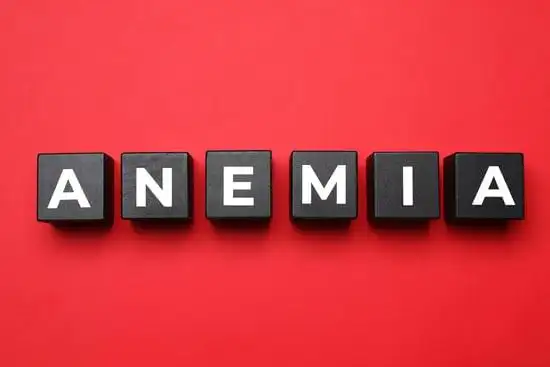
Recognizing the Subtle Signs
Anemia is a master of disguise, often manifesting in subtle symptoms that can be attributed to various other factors. It’s crucial to pay attention to these signs, as early detection can pave the way for timely intervention and management. [3]
Fatigue that Lingers
Persistent, unexplained fatigue is often the first sign of anemia. The body’s organs and tissues are deprived of oxygen, leading to a constant feeling of weariness that transcends a normal busy day.
Paleness: A Visual Clue
The pallor of the skin, especially noticeable in the face and palms, can be a visual indicator of anemia. This paleness results from the reduced blood flow and oxygenation caused by low hemoglobin levels. [4]
Shortness of Breath: Oxygen Deprivation
As anemia progresses, the body struggles to supply enough oxygen to meet its demands. This can lead to shortness of breath, even with minimal exertion, as the respiratory system compensates for the lack of oxygen in the blood. [5]
Irregular Heartbeat: A Telling Rhythm
Anemia can disrupt the normal functioning of the cardiovascular system, leading to an irregular heartbeat. This palpable manifestation underscores the intricate interplay between iron levels and heart health.
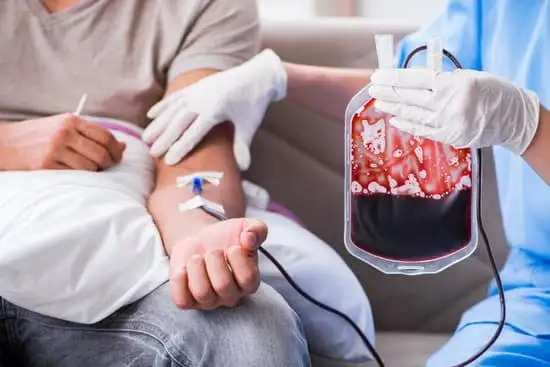
Navigating Anemia’s Varied Landscape
Anemia is not a one-size-fits-all condition. Its diverse forms, including iron-deficiency anemia, vitamin-deficiency anemia, and hemolytic anemia, present unique challenges and symptoms. Understanding these nuances is crucial for tailored treatment and effective management. [6]
Iron-Rich Foods: A Dietary Approach
For those grappling with iron-deficiency anemia, incorporating iron-rich foods into the diet becomes paramount. Leafy greens, lean meats, and legumes serve as valuable sources of this essential nutrient.
Vitamin Supplementation: Filling the Gaps
Certain forms of anemia, such as vitamin-deficiency anemia, necessitate targeted supplementation. Vitamins B12 and folate play pivotal roles in red blood cell production, and ensuring an adequate intake of these nutrients is key to addressing specific types of anemia.
Medical Interventions: Beyond Self-Care
In cases where anemia stems from underlying health conditions, seeking medical guidance is imperative. Diagnostic tests, including blood work and thorough examinations, are essential to uncovering the root cause and formulating a comprehensive treatment plan.
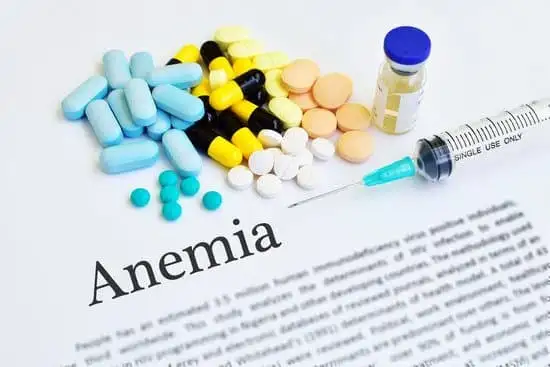
Breaking the Silence: Advocating for Awareness
Anemia’s insidious nature often results in delayed diagnoses and overlooked symptoms. To break the silence surrounding this condition, raising awareness is paramount. Educational initiatives, community outreach, and accessible information are vital components in ensuring individuals recognize the signs and seek timely intervention. [7]
Empowering Individuals: Knowledge as a Shield
Arming individuals with knowledge about anemia empowers them to take charge of their health. Recognizing symptoms early on enables proactive measures, preventing the progression of anemia’s impact on daily life.
Community Engagement: Bridging Gaps
Communities play a pivotal role in fostering awareness. Through collaborative efforts, communities can bridge informational gaps and create supportive environments that encourage individuals to prioritize their health. [8]
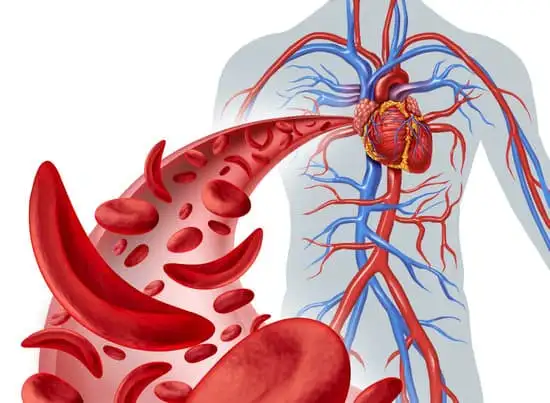
Conclusion
In the vast landscape of health-related content, our mission is clear: to deliver information that surpasses expectations and provides tangible value. Anemia, with its multifaceted nature, warrants an in-depth understanding that goes beyond surface-level awareness [9]. By embracing a holistic approach that encompasses dietary choices, medical interventions, and community engagement, we pave the way for a healthier, more informed society. See more.







